Your vehicle’s suspension is the unseen hero of every smooth turn and comfortable ride, quietly absorbing the bumps and jolts of the road. Yet, while we often focus on tires or brakes, suspension systems frequently go unnoticed until something goes wrong. So, how often should you check this vital component to keep your drive safe and steady? In this article, we’ll explore the ideal inspection intervals for your suspension, helping you catch potential issues early and maintain that effortless glide on every journey.
Table of Contents
- Frequency Matters Choosing the Right Intervals for Suspension Inspections
- Signs Your Suspension Needs Immediate Attention
- The Impact of Driving Conditions on Suspension Wear
- Professional vs DIY Suspension Checks What You Should Know
- Tools and Techniques to Effectively Inspect Suspension Components
- Maintenance Tips to Extend the Life of Your Suspension System
- Q&A
- Closing Remarks
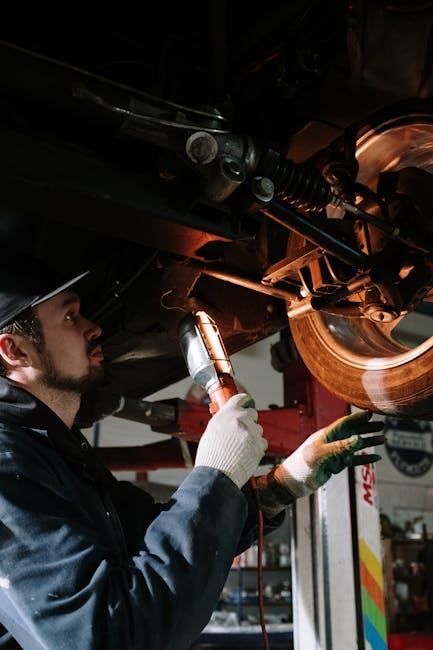
Frequency Matters Choosing the Right Intervals for Suspension Inspections
The rhythm of your vehicle maintenance plays a crucial role in ensuring safety and performance. When it comes to suspension systems, the interval you choose for inspections shouldn’t be arbitrary. Factors such as mileage, driving conditions, and vehicle type significantly influence how often these checks should occur. For example, rough terrains put more strain on suspension components, necessitating more frequent evaluations compared to smooth highway travel. By tuning the inspection schedule to your unique driving environment, you ensure a longer lifespan for your suspension while preventing unexpected breakdowns.
Keep in mind that a regular inspection cadence can catch wear signs early, minimizing repair costs and avoiding hazardous situations. Here are some key considerations to guide your suspension check intervals:
- Urban vs. Rural Driving: Frequent stop-and-go or pothole impacts demand shorter intervals.
- Seasonal Changes: Harsh winters or rainy seasons can accelerate wear and require proactive checks.
- Vehicle Load: Heavier loads or towing calls for more vigilant monitoring.
- Mileage Milestones: Use mileage as a baseline—for many vehicles, every 12,000 to 15,000 miles is wise.
| Driving Condition | Suggested Inspection Interval |
|---|---|
| Mostly City/Stop-and-Go Traffic | Every 6,000 – 8,000 miles |
| Highway/Long-Distance Driving | Every 12,000 – 15,000 miles |
| Off-Road or Rough Terrain | Every 4,000 – 6,000 miles |
| Heavy Load or Towing | Every 5,000 – 7,000 miles |

Signs Your Suspension Needs Immediate Attention
Noticeable drops in ride comfort or handling quality often signal that your vehicle’s suspension is struggling to perform. If you find the car bouncing excessively over bumps, swaying more than usual in turns, or feels unstable when braking, these are clear indicators that the suspension components like shocks or struts may be worn out or damaged. Additionally, uneven tire wear often points to alignment or suspension problems that shouldn’t be ignored.
Visual signs shouldn’t be overlooked either. Look for leaking fluid around the shocks or struts, broken or sagging springs, and loose or rusted parts in the suspension system. Strange noises such as clunks, squeaks, or rattles during driving can also reveal immediate attention is needed. Ignoring these symptoms can compromise vehicle safety and lead to more expensive repairs down the road.
- Poor steering response or wandering on the road
- Uneven tire tread wear patterns
- Visible damage or leaking suspension parts
- Unusual noises when driving over bumps
- Vehicle sits lower on one side
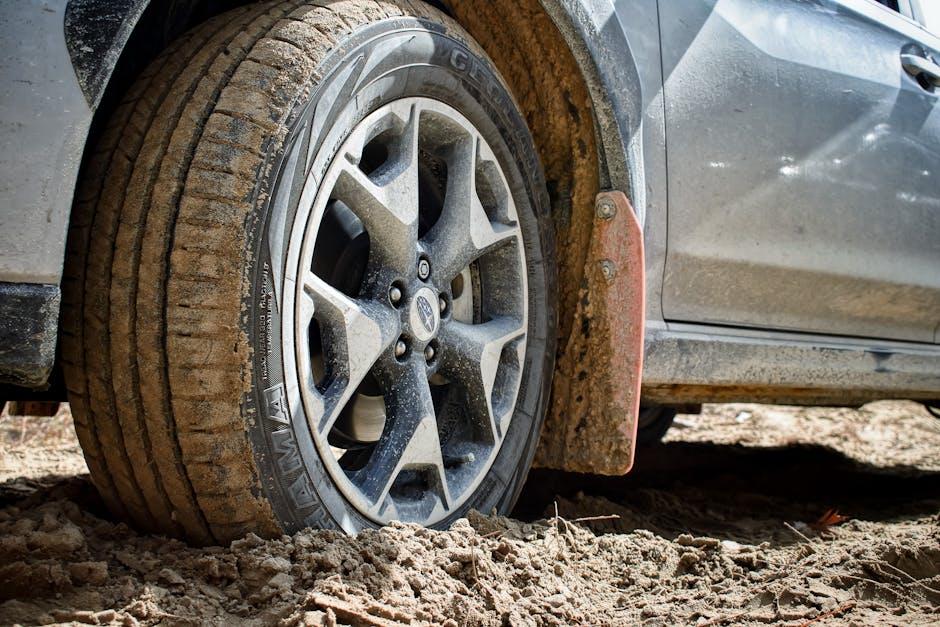
The Impact of Driving Conditions on Suspension Wear
Driving conditions play a crucial role in how quickly your vehicle’s suspension components wear out. Rough terrains, such as gravel roads, pothole-riddled streets, or off-road trails, subject shocks, struts, and control arms to constant and often severe stress. This continuous impact can lead to accelerated deterioration, causing rattling noises, poor handling, and uneven tire wear. Conversely, smooth highways typically exert less strain, prolonging the lifespan of suspension parts. However, even in ideal conditions, factors like frequent sharp turns or heavy loads can increase wear and tear, demanding more vigilant inspection routines.
Keeping an eye on your suspension health means understanding the impact of your daily routes and driving style. Consider the following risk factors for faster suspension degradation:
- Driving on unpaved or damaged roads
- Regularly carrying heavy cargo or passengers
- Frequent stop-and-go city driving
- Aggressive cornering and braking habits
| Driving Condition | Typical Suspension Impact | Inspection Frequency |
|---|---|---|
| Highway Cruising | Minimal stress | Every 15,000 miles |
| Urban Streets | Moderate wear | Every 10,000 miles |
| Rough or Unpaved Roads | Severe wear | Every 5,000 miles |
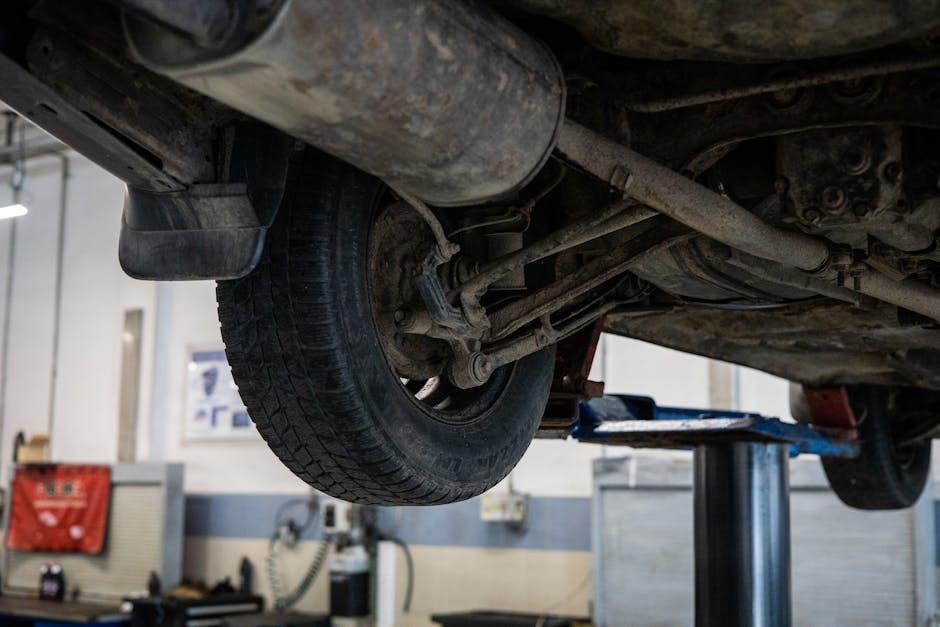
Professional vs DIY Suspension Checks What You Should Know
When deciding between taking your vehicle to a professional mechanic or attempting a DIY suspension check, it’s crucial to weigh the benefits and limitations of both approaches. Professional inspections offer access to specialized diagnostic tools and experienced insights that can spot hidden issues, such as subtle wear in bushings or precise alignment irregularities, which are often missed during a casual visual check. Professionals also provide comprehensive assessments, including road tests, ensuring a more accurate evaluation of your suspension’s condition.
On the other hand, DIY checks can be a practical first step for car owners wanting to spot obvious problems early or maintain routine awareness. However, they require some mechanical knowledge, basic tools, and a keen eye. For DIY enthusiasts, here are some essential checkpoints to consider:
- Inspect for uneven tire wear and sidewall damage
- Check for visible leaks in shock absorbers or struts
- Listen for unusual noises when driving over bumps
- Look for damaged or cracked bushings and mounts
| Inspection Aspect | Professional Check | DIY Check |
|---|---|---|
| Tools Required | Advanced diagnostic equipment | Basic tools & visual inspection |
| Accuracy | High precision | Moderate, partly subjective |
| Cost | Variable, typically higher | Low to no cost |
| Time Investment | Less personal time but appointments needed | Immediate but potentially time-consuming |
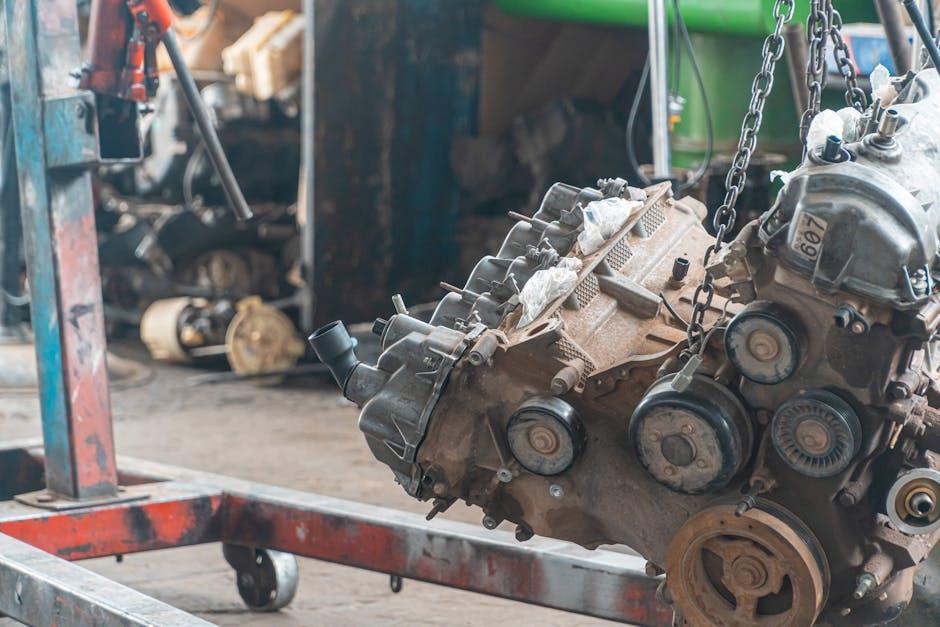
Tools and Techniques to Effectively Inspect Suspension Components
When inspecting suspension components, having the right tools on hand can make all the difference between a quick check and a comprehensive evaluation. Essential items include a high-quality jack and jack stands to safely lift the vehicle, along with a torque wrench to ensure that bolts and nuts are tightened to factory specifications. A flashlight or inspection light helps to spot cracks or leaks, while a digital caliper can measure wear in bushings and ball joints with precision. Don’t overlook the value of a chassis ear tool for detecting unusual noises during suspension movement—this device is a game-changer for pinpointing problematic areas without dismantling parts.
Alongside tools, certain techniques elevate the quality of your inspection. A common approach is the visual and tactile test, where you look for noticeable deformation, corrosion, or fluid leaks, then physically check for looseness by shaking components like sway bar links and control arms. The bounce test offers a quick gauge of shock absorber performance—press down firmly on the vehicle’s corners and observe how many times it rebounds. For a more structured check, the table below outlines recommended inspection methods aligned with specific suspension parts:
| Suspension Part | Inspection Method | Key Indicator |
|---|---|---|
| Shock Absorbers | Bounce Test & Visual Leak Check | Excessive Rebound & Oil Seepage |
| Ball Joints | Visual & Physical Play Test | Visible Cracks & Loose Movement |
| Springs | Visual & Measurement | Rust, Sagging & Uneven Height |
| Control Arms | Visual Inspection & Tightness Check | Cracks & Loose Bolts |
| Bushings | Visual & Flexibility Test | Cracking & Excessive Wear |
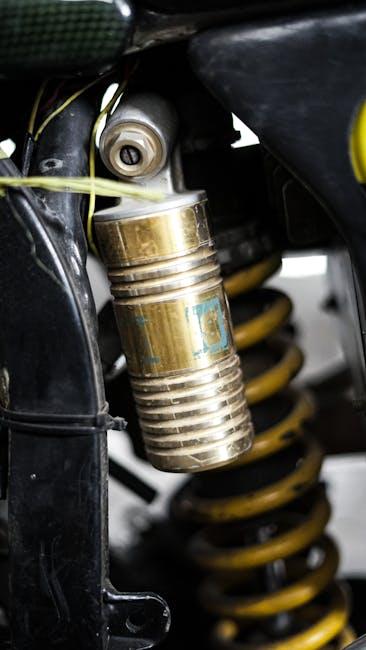
Maintenance Tips to Extend the Life of Your Suspension System
To keep your vehicle’s suspension system functioning flawlessly, regular upkeep is essential. Simple habits like inspecting the shocks and struts for leaks or damage, cleaning components from dirt and grime buildup, and lubricating joints can dramatically extend the life of your suspension. Additionally, maintaining proper tire pressure helps balance the load on suspension parts, preventing premature wear and tear. Don’t forget to listen for unusual noises such as knocking or squeaking—these can be early indicators that parts need attention.
Adopting a proactive approach can save you costly repairs down the road. Here’s a quick checklist to integrate into your routine maintenance:
- Visual inspection: Look for rust, cracks, or broken components.
- Test drive: Notice any unusual vibrations or handling issues.
- Wheel alignment check: Misalignment can stress suspension parts.
- Replace worn bushings: These cushion the movement and reduce noise.
| Component | Maintenance Tip | Frequency |
|---|---|---|
| Shocks & Struts | Check for leaks and physical damage | Every 12,000 miles |
| Control Arm Bushings | Inspect for cracks and replace if necessary | Every 24,000 miles |
| Ball Joints | Lubricate and check for play or looseness | Every 15,000 miles |
| Tire Pressure | Maintain recommended PSI | Monthly |
Q&A
Q&A: How Often Should You Inspect Suspension?
Q1: Why is inspecting my vehicle’s suspension important?
A1: Your suspension system plays a vital role in ensuring a smooth ride, maintaining vehicle control, and keeping you safe on the road. Regular inspections help identify wear and damage early, preventing costly repairs and potential accidents.
Q2: How often should I have my suspension inspected?
A2: As a general rule, it’s wise to inspect your suspension system at least once a year or every 12,000 to 15,000 miles. However, if you frequently drive on rough roads, tow heavy loads, or notice handling issues, more frequent checks might be necessary.
Q3: Are there any signs that indicate my suspension needs immediate attention?
A3: Yes. Watch out for symptoms like uneven tire wear, excessive bouncing after bumps, nose-diving when braking, drifting during turns, or strange noises like clunks or squeaks. These are red flags signaling a suspension inspection is overdue.
Q4: Can I inspect the suspension myself?
A4: While a basic visual check for leaks, damaged components, or loose parts can be done by a savvy car owner, thorough suspension inspections require specialized tools and expertise. It’s best to leave detailed assessments to professionals.
Q5: What components are checked during a suspension inspection?
A5: Mechanics typically examine shocks and struts, springs, bushings, ball joints, control arms, tie rods, and wheel alignment. They look for leaks, cracks, excessive play, and overall wear to ensure everything functions properly.
Q6: Does the type of vehicle affect how often I should inspect the suspension?
A6: Absolutely. Off-road vehicles or those used in harsh conditions usually need more frequent suspension checks than standard passenger cars. Also, older vehicles may require closer monitoring due to natural wear over time.
Q7: Can regular suspension inspections improve my vehicle’s longevity?
A7: Definitely. Timely detection and repair of suspension issues prevent further damage to related parts like tires and steering components, helping your vehicle stay safe, reliable, and comfortable for years to come.
Q8: What happens if I neglect suspension inspections?
A8: Ignoring suspension care can lead to poor handling, uneven tire wear, reduced braking efficiency, and increased risk of accidents. Plus, it often results in costlier repairs down the line.
Q9: Are suspension inspections usually included in routine vehicle maintenance?
A9: Many service centers incorporate suspension checks into regular maintenance visits, but it’s a good idea to confirm this and request it explicitly, especially if you notice any issues.
Q10: How do environmental factors influence suspension wear?
A10: Harsh climates, potholes, rough terrain, and heavy loads all put extra strain on suspension components, accelerating wear and tear. Adjust inspection frequency accordingly if you drive in challenging environments.
By keeping these questions and answers in mind, you’ll maintain a healthier suspension system—helping your vehicle glide smoothly and safely down the road for miles to come.
Closing Remarks
In the grand journey of maintaining your vehicle’s health, regular suspension inspections act as a vital checkpoint, ensuring safety, comfort, and performance remain uncompromised. While the exact frequency can vary based on driving habits and road conditions, embracing a consistent inspection routine empowers you to catch potential issues before they escalate. After all, a well-tuned suspension isn’t just about smooth rides—it’s about peace of mind every time you hit the road. So, stay attentive, stay proactive, and let your suspension support you mile after mile.

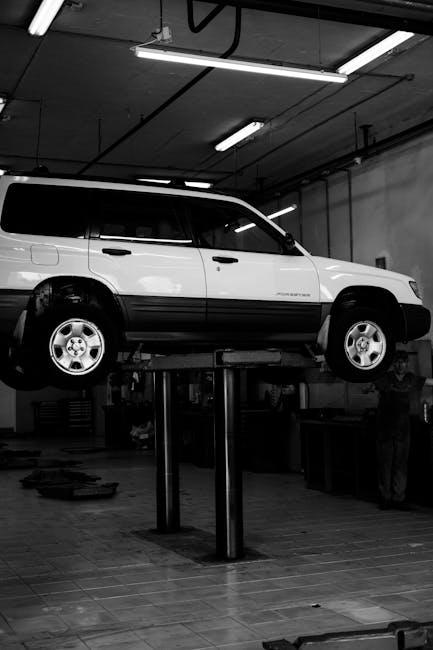
37 Comments
https://shorturl.fm/JAN8N
https://shorturl.fm/GeSli
https://shorturl.fm/XQCVt
https://shorturl.fm/TpCbC
https://shorturl.fm/yFq6P
https://shorturl.fm/zpUZD
https://shorturl.fm/2AmLK
https://shorturl.fm/dJ9FH
https://shorturl.fm/RdxEV
https://shorturl.fm/N80mP
ftev8v
https://shorturl.fm/sw03t
https://shorturl.fm/VXxh9
https://shorturl.fm/p07ZQ
https://shorturl.fm/v6N12
https://shorturl.fm/gRDgL
https://shorturl.fm/12gcl
https://shorturl.fm/73v8V
https://shorturl.fm/fgSlZ
https://shorturl.fm/OX0wQ
https://shorturl.fm/CJgpz
https://shorturl.fm/TwKim
https://shorturl.fm/ja1PT
https://shorturl.fm/hD8rN
https://shorturl.fm/FVaDW
https://shorturl.fm/R3tTC
https://shorturl.fm/S1y60
https://shorturl.fm/B9cbQ
https://shorturl.fm/S8jJp
https://shorturl.fm/s6AWS
https://shorturl.fm/rQEdv
naugkq
https://shorturl.fm/DasLb
https://shorturl.fm/8AMaf
r04gq9
https://shorturl.fm/zc8Nv
https://shorturl.fm/QdBiM